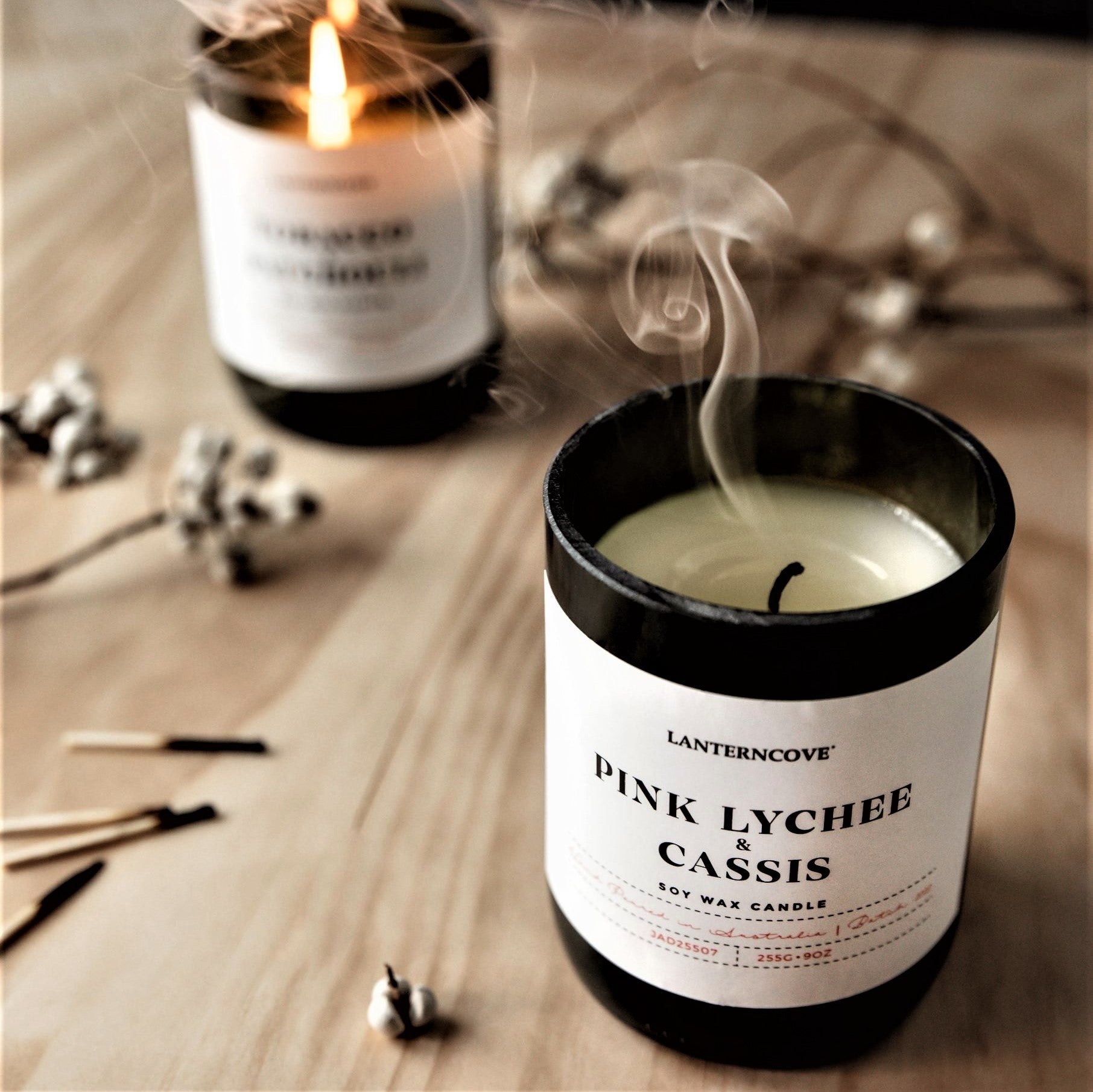Check out the Globe of Crystal Soy Candles and Home Fragrance Thrills
Check out the Globe of Crystal Soy Candles and Home Fragrance Thrills
Blog Article
From Wick to Wax: Understanding the Chemistry Behind Soy Wax Candles and Their Ecological Effect
As we illuminate our areas with the cozy radiance of candle lights, there lies a world of complex chemistry behind the apparently basic act of lighting a soy wax candle light. The selection in between soy and paraffin wax extends past mere appearances, delving right into the world of environmental influence and the extremely structure of the materials. Recognizing the molecular framework of soy wax and its burning process clarifies the discharges launched right into our environments. Join us as we untangle the clinical complexities behind soy wax candle lights and explore their effects on our setting.
Soy Wax Vs. Paraffin Wax
When comparing soy wax and paraffin wax for candle making, it is necessary to comprehend the distinct characteristics and benefits of each material. Soy wax is an all-natural, sustainable source stemmed from soybean oil, making it eco-friendly and green - soy wax candles. On the other hand, paraffin wax is a result of petroleum refining, which increases concerns concerning its ecological effect and sustainability
Soy wax candles melt cleaner and emit much less residue contrasted to paraffin wax candle lights, making them a healthier choice for interior air high quality. Furthermore, soy wax has a reduced melting point, permitting a longer-lasting candle that disperses fragrance extra efficiently. Paraffin wax, on the various other hand, often tends to shed faster and much less cleanly, potentially launching dangerous chemicals right into the air.
From a sustainability perspective, soy wax is preferred for its biodegradability and eco-friendly sourcing, lining up with the expanding consumer preference for environmentally mindful products. While paraffin wax has actually been a traditional choice in candle making as a result of its affordability and ease of usage, the shift in the direction of green choices like soy wax is acquiring momentum in the industry.
Chemical Make-up of Soy Wax

Burning Process in Soy Candles
The chemical structure of soy wax directly influences the combustion process in soy candles, influencing aspects such as melt time, scent launch, and environmental impact. When a soy candle is lit, the heat from the fire melts the wax near the wick.
The burning effectiveness of soy candles is influenced by the pureness of the soy wax and the quality of the wick. A clean-burning soy candle light with an effectively sized wick will produce a constant fire and reduce soot development. This not just prolongs the melt time of the candle but additionally enhances the launch of fragrances. Furthermore, soy wax candle lights have a reduced ecological influence contrasted to paraffin candle lights as a result of their renewable and biodegradable nature.

Ecological Benefits of Soy Wax

Considered a sustainable choice to traditional paraffin wax, soy wax supplies significant environmental advantages that make it a prominent option amongst eco-conscious consumers. One substantial advantage of soy wax is its sustainable sourcing. Soy wax is stemmed from soybean oil, which is predominantly grown in the USA. The farming of soybeans assists sustain regional farmers and reduces the reliance on non-renewable fossil fuels utilized crystal soy candles in paraffin wax manufacturing. Furthermore, soy wax is eco-friendly, meaning it breaks down normally without releasing unsafe toxic substances right into the environment. This characteristic makes soy wax candles a more eco pleasant choice contrasted to paraffin wax candle lights, which are made from oil, a non-renewable source. Furthermore, soy wax burns cleaner and produces much less residue than paraffin wax, adding to much better interior air quality and decreasing the requirement for cleaning and upkeep. Generally, the environmental benefits of soy wax align with the expanding demand for eco-friendly and lasting items in the marketplace.
Recycling and Disposal Considerations
Recycling and correct disposal of soy wax candles play an important function in keeping ecological sustainability and lowering waste in households and neighborhoods. When it comes to recycling soy wax candles, the initial action is to make certain that the candle light has actually shed entirely.

In terms of disposal, if recycling is not an option, soy wax candle lights are naturally degradable and can be safely dealt with in the majority of household waste systems. It is constantly recommended to check with local reusing facilities or waste management services for specific standards on candle light disposal to make sure appropriate handling and environmental defense.
Final Thought
To conclude, the chemistry behind soy wax candles reveals their ecological benefits over paraffin wax candle lights. Soy wax, originated from soybean oil, burns cleaner and generates less soot when contrasted to paraffin wax. The combustion process in soy candles is more reliable, bring about a much longer and much more also burn. Furthermore, soy wax is eco-friendly and renewable, making it a more lasting choice for candle light production. Reusing and proper disposal of soy wax candles even more add to their environmental effect.
When contrasting soy wax and paraffin wax for candle light making, it is essential to recognize the distinctive qualities and advantages of each product (soy candles).Soy wax candle lights burn cleaner and release much less residue contrasted to paraffin wax candles, making them a healthier choice for indoor air quality.Thought about a lasting choice to conventional paraffin wax, soy wax uses notable environmental benefits that make it a popular option amongst eco-conscious customers. Soy wax burns cleaner and produces less residue than paraffin wax, contributing to far better indoor air quality and decreasing the need for cleaning and maintenance.In verdict, the chemistry behind soy wax candles reveals their ecological benefits over paraffin wax candle lights
Report this page